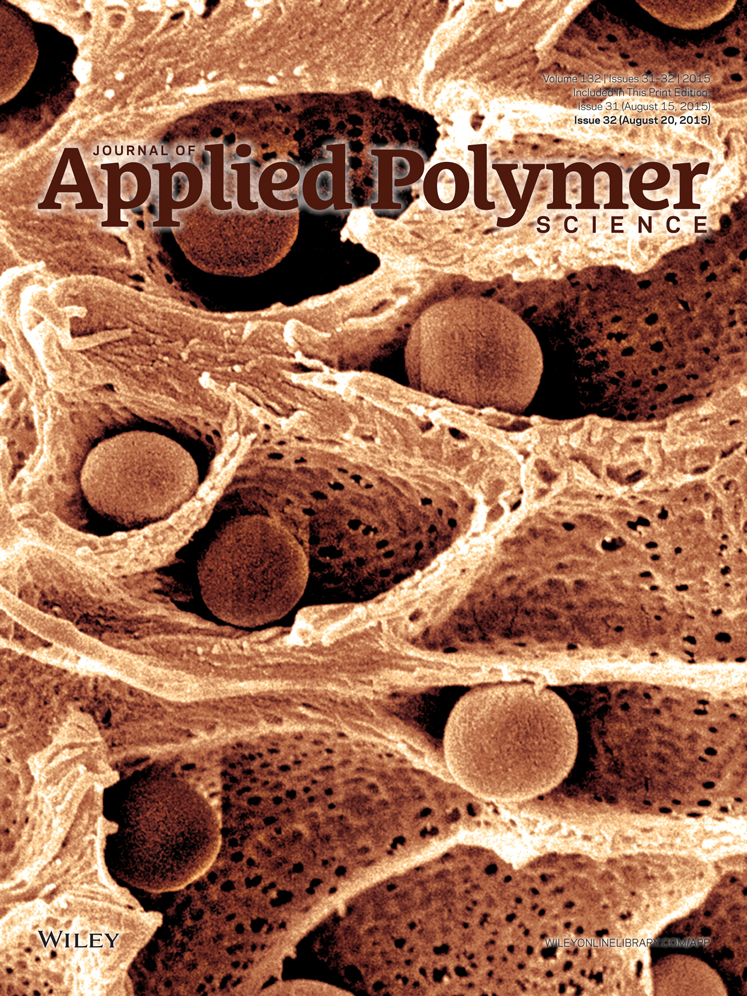Effects of shell crosslinking on polyurea microcapsules containing a free-radical initiator
ABSTRACT
Microencapsulation of a material is often used when a controlled release of a substance is desired. This study examines the effects of crosslinking in polyurea microcapsule shells on stability of microcapsules containing the free-radical initiator cumene hydroperoxide (CHP). Crosslinking of polyurea shells was varied by using amine monomers containing different amine functionalities, and/or changing the isocyanate/primary amine ratio. Thermogravimetric analysis was performed to determine thermal properties of these microcapsules, and the pot lives of monomer systems containing these microcapsules were measured. Thermal stability is greater with a moderate degree of crosslinking from a trifunctional amine, and decreases when crosslinking is increased through use of higher amine functionality. Stability in monomer media generally increases with increased crosslinking through higher amine functionality, but is less predictable due to crosslinks formed between capsules. Generally, increasing crosslinking through altering the isocyanate to primary amine ratio decreases capsule stability in both dry and monomer storage. © 2015 Wiley Periodicals, Inc. J. Appl. Polym. Sci. 2015, 132, 42408.




